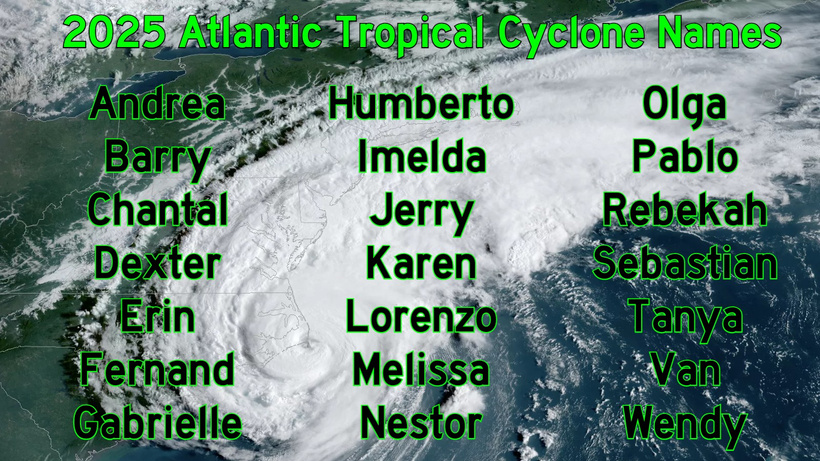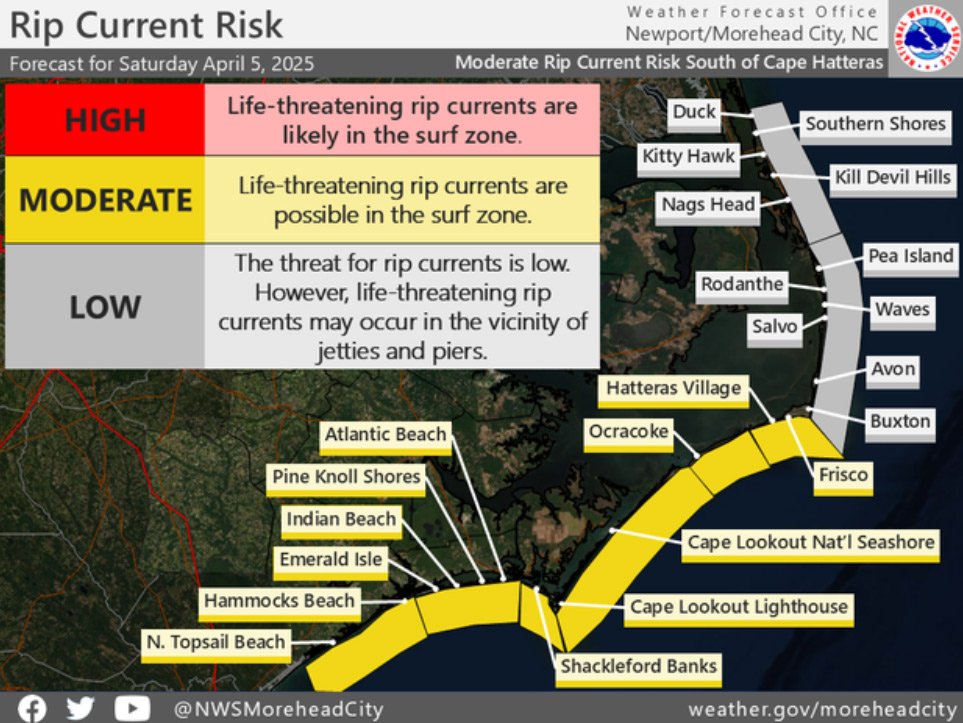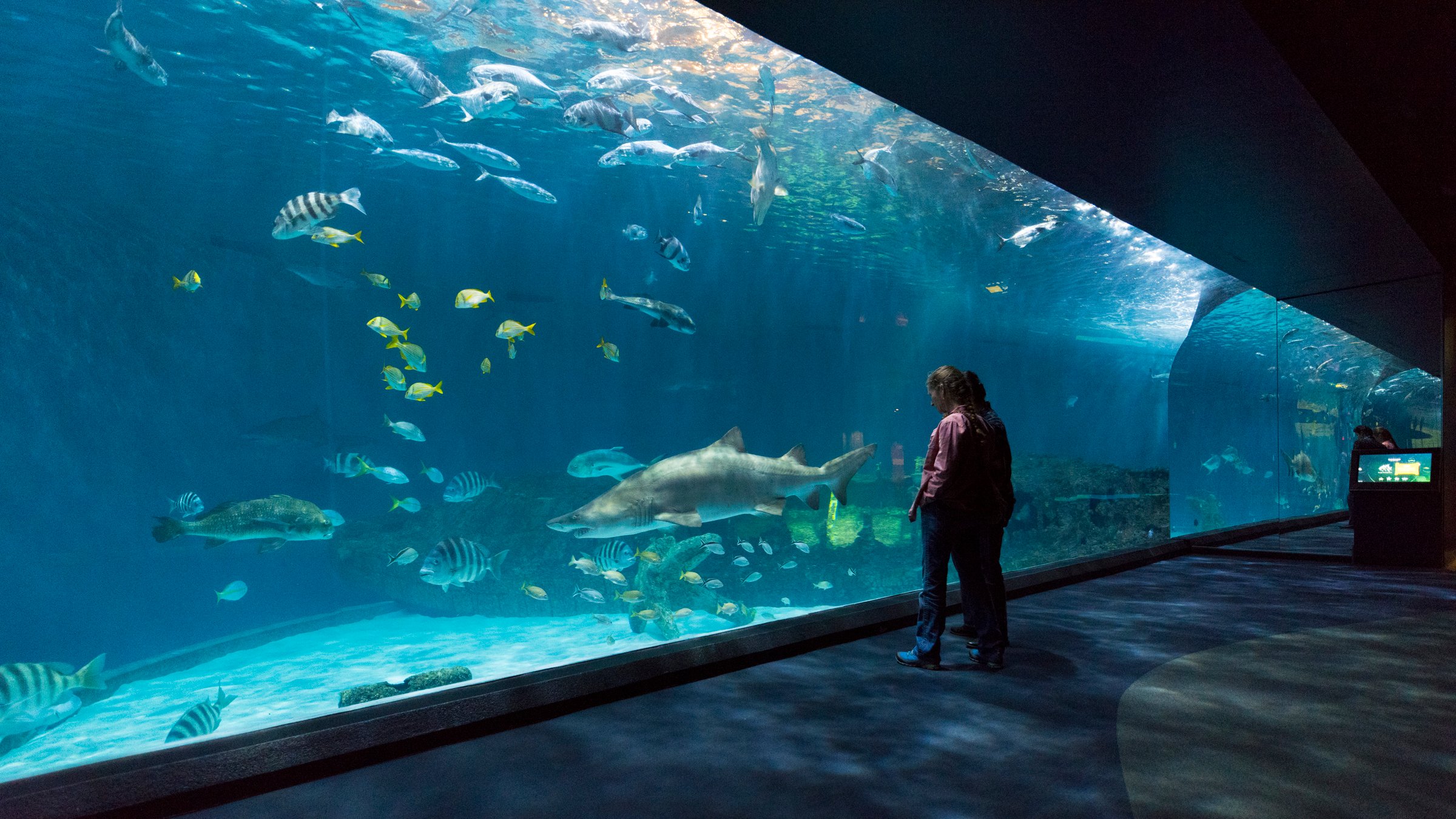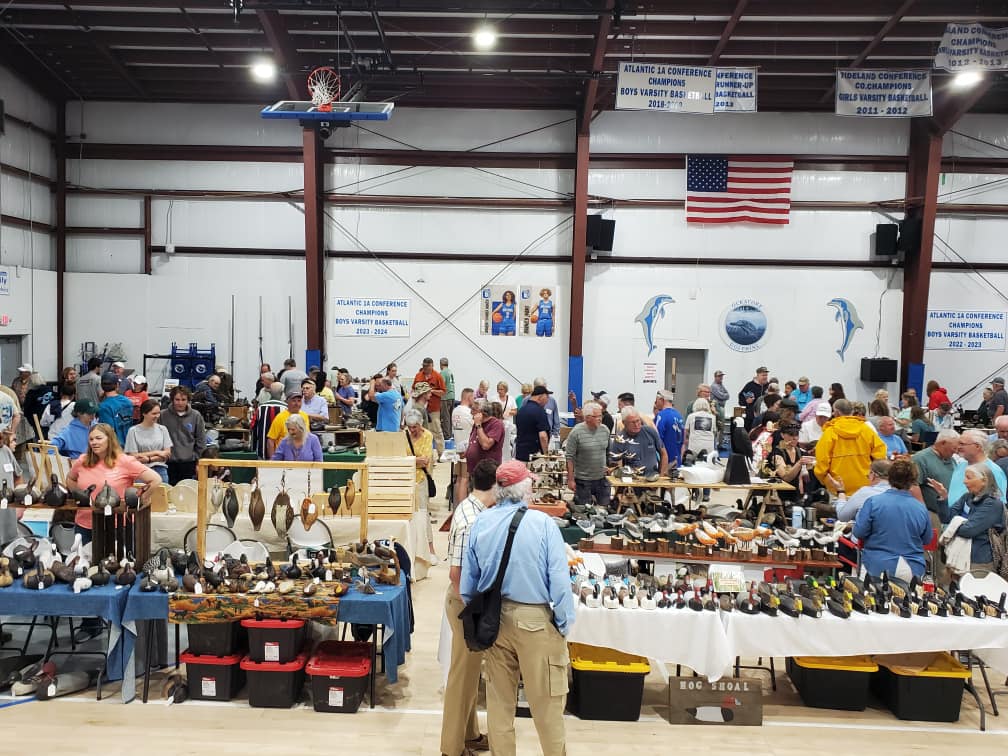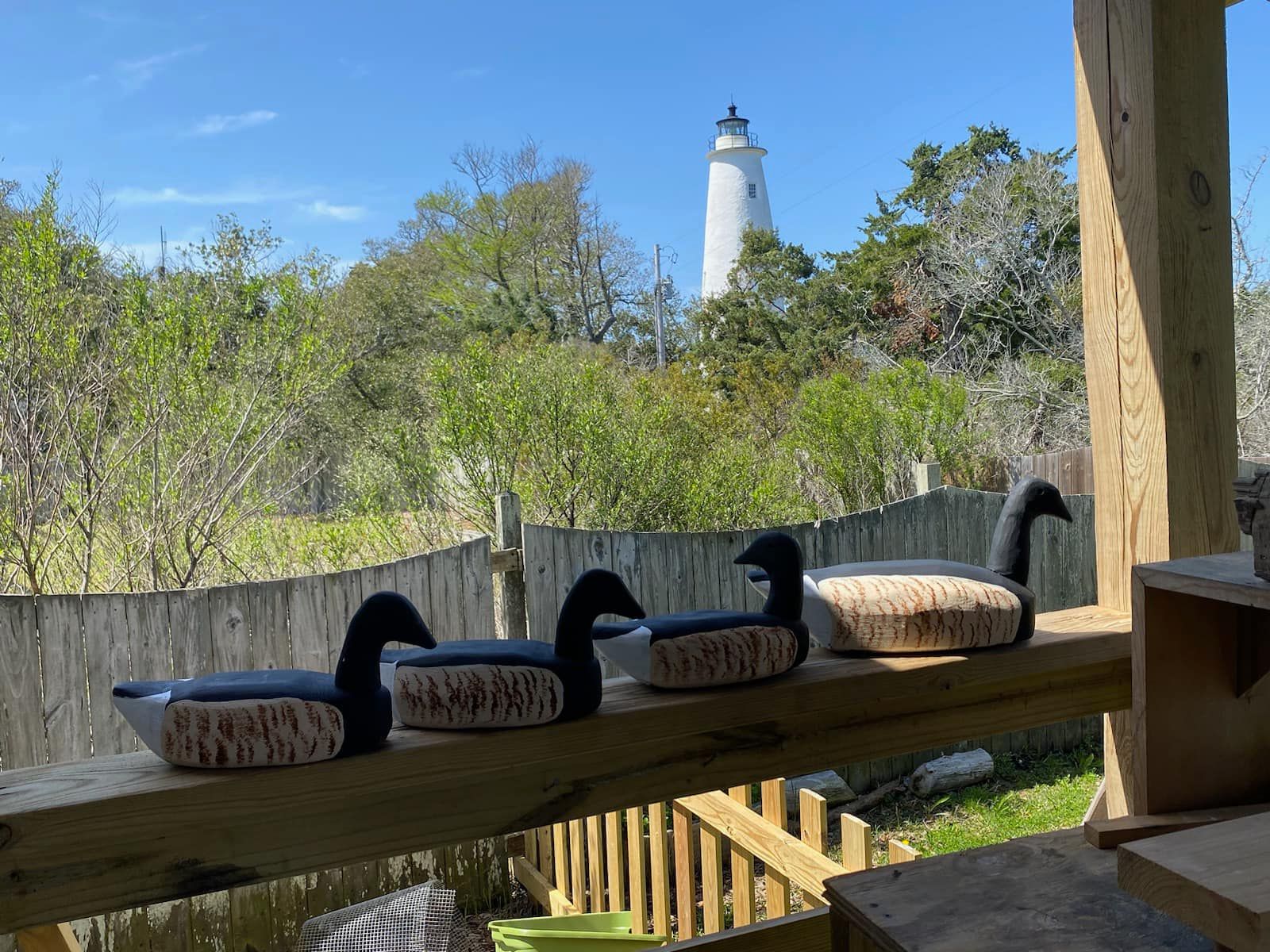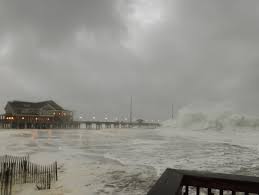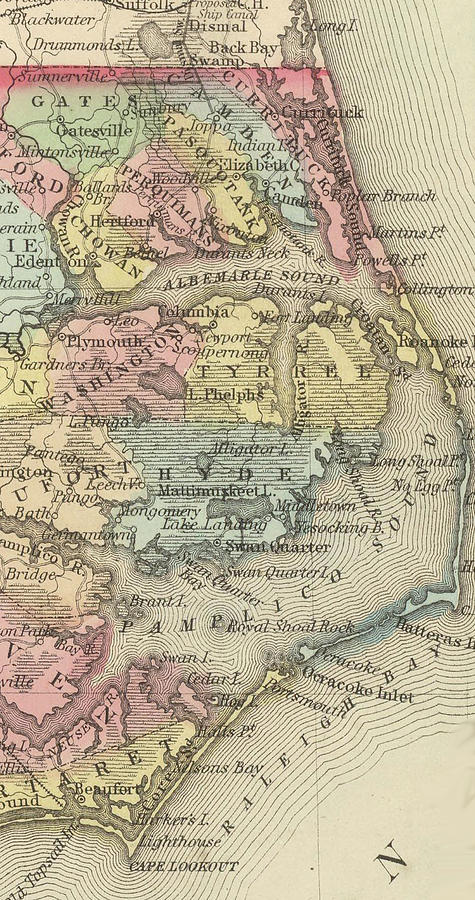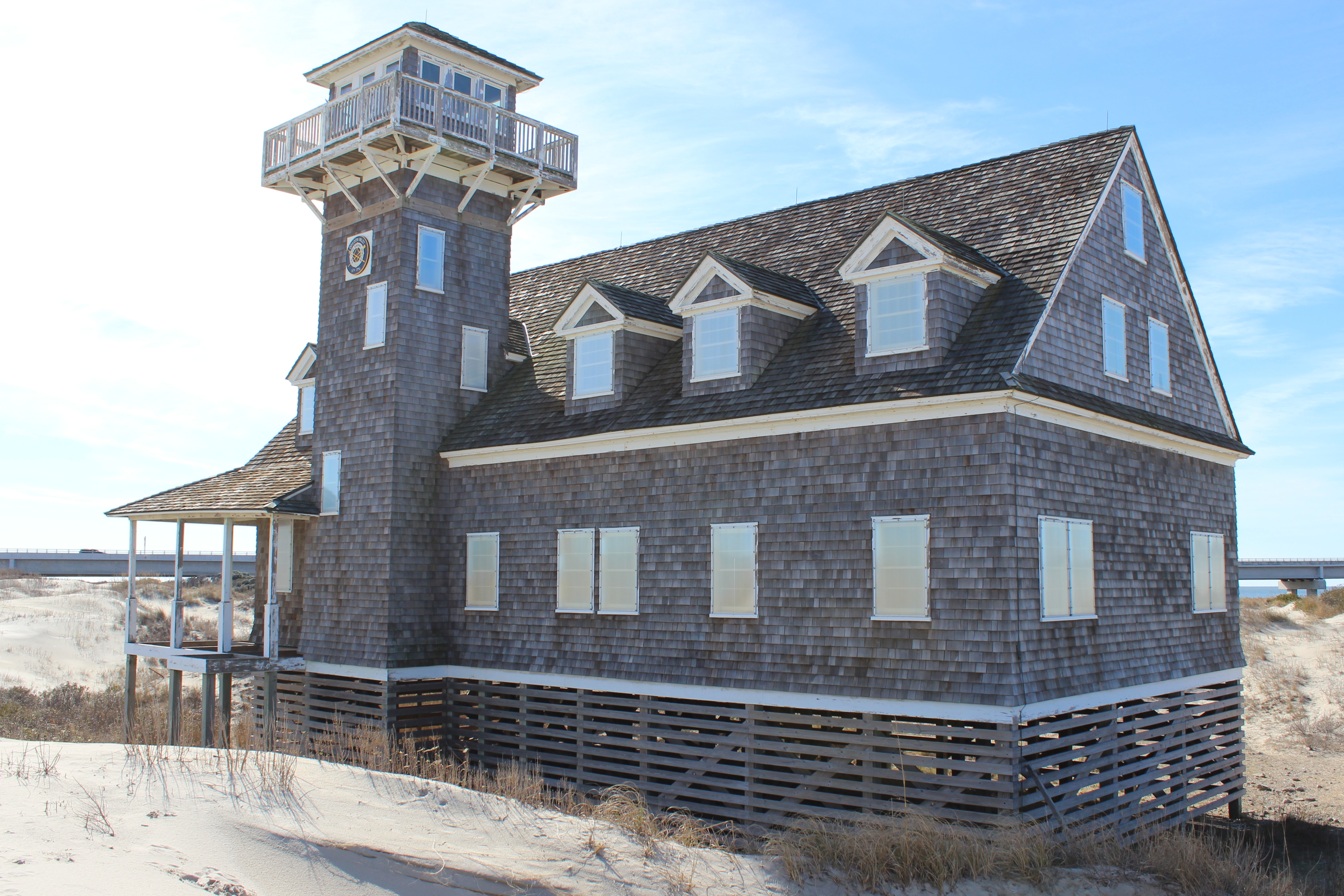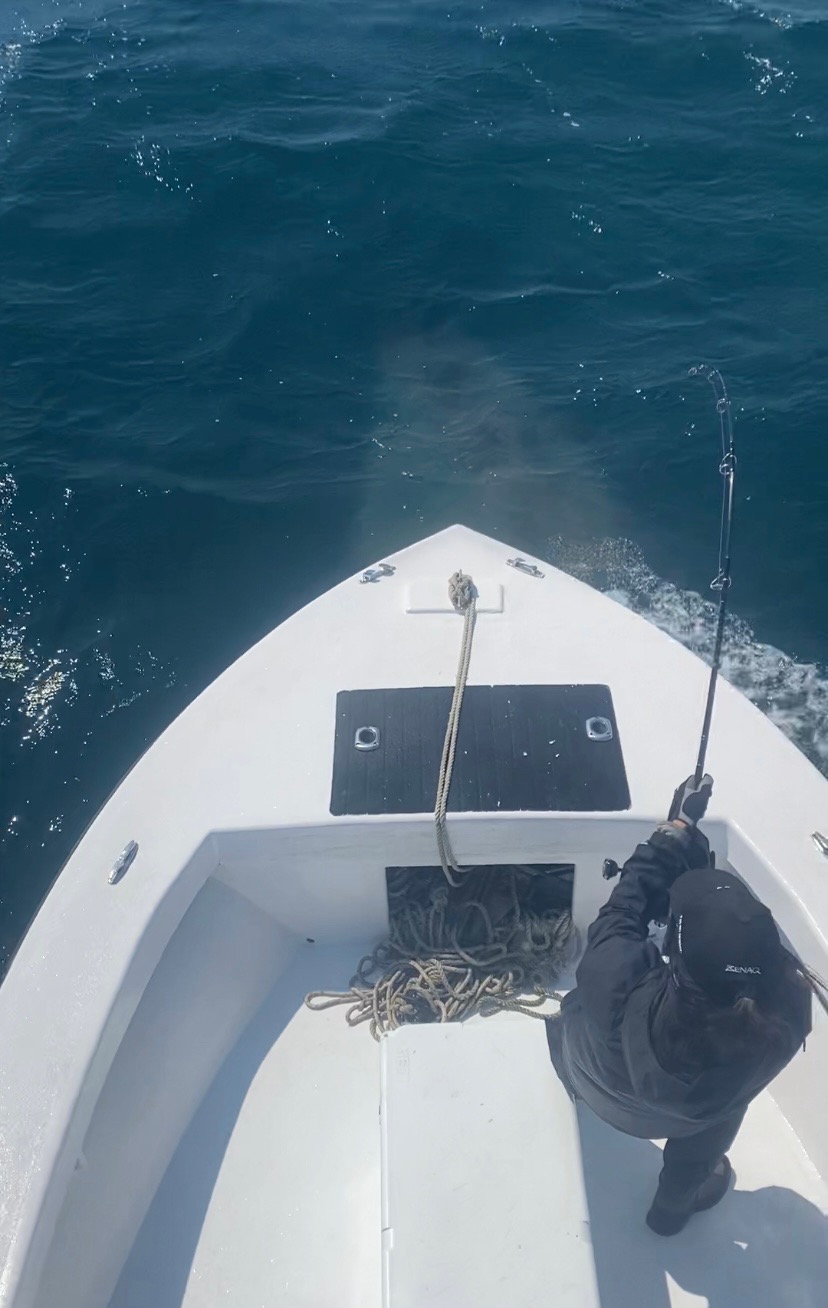The Night Sky: Winter stargazing on the islands
Do you ever wonder what all those twinkling lights are in the night sky? I do. Do you enjoy sitting out on dark clear evening looking for shooting stars? I do. I remember how thrilled I was when my parents got me a very used telescope and tripod for my eighth birthday. I used it to look at the craters on the moon and learned how to project an image of the sun onto a cardboard screen so I could view a partial eclipse.
Somewhere along the line, that telescope disappeared, but I guess the memory didn’t. About five years ago, my wife asked me what I wanted for Christmas, and, without a moment’s hesitation, I said I wanted a telescope. Since then, I try to take advantage of every clear night I can to look at the stars and beyond!
I quickly found out that astronomy can be really cold in the winter. I can’t tell you how many nights I spent dressed in insulated coveralls and a ski jacket trying to stay warm while enjoying the night sky. But the cold always won out in the end, so I had an observatory built adjacent to my house. Now I can pursue my nocturnal hobby and avoid getting pneumonia.
The observatory raised a lot of eyebrows and interest in the neighborhood. It also caught the attention of the Island Free Press. The editor, Irene Nolan, contacted me and asked if I would be interested in writing a column about the night skies here over Hatteras and Ocracoke islands. I immediately accepted hoping to inspire others to get out and enjoy the treasures of the night sky.
I intend to loosely organize this column into three main sections:
Last month’s highlights. I will touch upon some of the high points as seen through my telescope.
Upcoming skies. I will describe some of the astronomical phenomena that you can expect to see in the upcoming month. I will describe sights that are visible to the naked eye, as well as events that require more sophisticated equipment, including binoculars, telescopes, and vision-enhancing cameras.
Astronomy talk. I will clarify some of the terms that are commonly used by astronomers and describe some of the techniques I have successfully used to improve my viewing sessions.
JANUARY HIGHLIGHTS
There was a lovely view of Venus and Mercury before and after sundown. You didn’t need any kind of visual aid to spot both planets just above the southwest horizon.
Comet Lovejoy passed closest to the Earth on Jan. 7. Although at its brightest point Lovejoy was supposed to be 4th magnitude, I could not spot it without the aid of binoculars or telescope. And worst of all, I failed to get any good pictures of it!
Here are a couple of the images I took from my observatory in January:
This is NGC 2903, a spiral galaxy (viewed on Jan. 26). Its light took about 30 million years to reach us.
This is the Orion Nebula, M42 (Jan. 26). It is one of the brightest nebulae in the sky and is believed to be the closest star-forming region in the Milky Way. It’s only about 1,300 light-years away.
FEBRUARY SKY WATCHING
Venus will continue to be the bright evening star in the west-southwest sky. Mars will be in close proximity to Venus for much of the month.
Jupiter will be visible all night long. It stands out as a very bright star to the naked eye, but add a pair of binoculars or a telescope, and you should be able to see its bands. On a good night, you might spot several of its larger moons.
Saturn is currently rising in the east-southeast just after 2 a.m. If you get up early in the morning, it’s a good time to get a view of its rings. You can make them out with a good pair of binoculars or a small telescope.
Orion, the hunter, continues to be the most prominent constellation in the southern skies. Look for a group of stars that appear to form an hourglass. The rectangle of the hourglass is defined by four prominent stars–Betelgeuse, Bellatrix, Saiph, and Rigel. Three stars appear to form a belt at the center of the rectangle. Another set of three fainter stars hangs down from the belt forming the hunter’s sword.
Check out the center star in the sword. If you have very good eyes, it will appear blurry. That’s because it’s surrounded by the Orion Nebula. Through my 8×42 binoculars, I can clearly see the nebula.
In the northern sky, look for the Big Dipper. Just about everybody knows that the two stars farthest from the handle, Merak and Dubhe, point to Polaris, the North Star. Do you know that the second star in the handle, Mizar, is a double star? Its companion star, Alcor, can be seen with the naked eye. But that’s not the whole story. A closer investigation with very expensive equipment will reveal that the Mizar actually has three other companions and Alcor is a true double in its own right, bringing the total number of stars in this system up to six — that’s a sextet!
Another smaller cluster of stars that I always enjoy is the Pleiades or Seven Sisters (M45). Through February, it will be just about directly overhead around 8 p.m. As the name implies, it is a cluster of 7 stars in close proximity to each other. I can still see five of the seven unaided on a clear night. If I use my binoculars, it is very easy to see all seven, and I can also see the bluish glow of the nebula that surrounds each of the individual stars. Just a side note on the Pleiades: The Japanese word for Pleiades is Subaru. The six-star logo on these imports is a representation of this star cluster. Guess the skies over Japan never revealed the seventh star.
If you have access to a larger scope, there are quite a few galaxies and nebulae to view. The Orion Nebula (M42) is visible in Orion and in close proximity you can also view M43 and the Horsehead Nebula. The Andromeda Galaxy (M31) and Pinwheel Galaxy (M33) are both visible in the northwest. (M31 is visible to the naked eye as a faint star and is fun to view through binoculars) And both of Bode’s Nebulae, M81 and M82, are visible to the north.
ASTRONOMY TALK
Here are some clarifications of a few of the terms and names I used in this month’s article.
Many of the objects I reference are denoted with an “M” or “NGC,” followed by a number. The “M” stands for Messier. It is a set of 110 prominent deep space objects that French astronomer Charles Messier compiled in the mid-1700s. He was looking for comets, and this was his list of objects that were a waste of time observing. The list is filled with star clusters, galaxies, and nebulae! I use it all the time as a great starting point for selecting deep space objects that are relatively easy to see. “NGC” stands for the New General Catalog. It is a collection of about 8,000 deep space objects that was compiled by John Louis Dreyer in the late 1800s.
A nebula is a cloud of gas and dust in deep space. Some are thought to be the birth place of stars, while others are the remains of stars that collapsed upon themselves and exploded!
(Gerry Lebing is a retired computer scientist with the U.S. Geological Survey in Washington, D.C. He has visited Hatteras Island since the mid-1970s. He and his wife, Karen, have owned property here for several years and moved to their home in Waves full-time in 2013. You can send him questions about the night sky through e-mail, gerry@wmi.org.)



